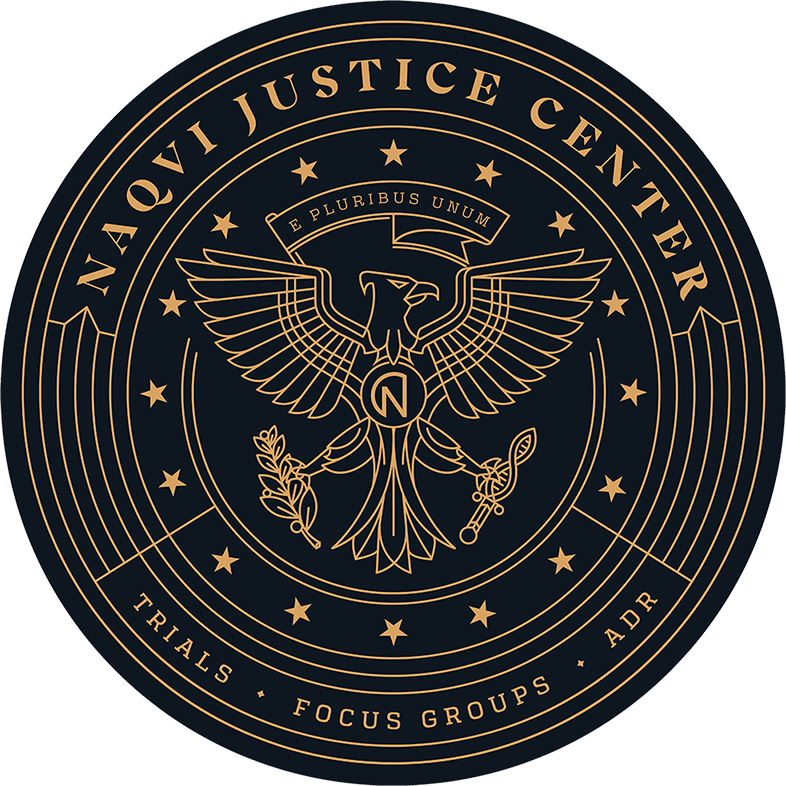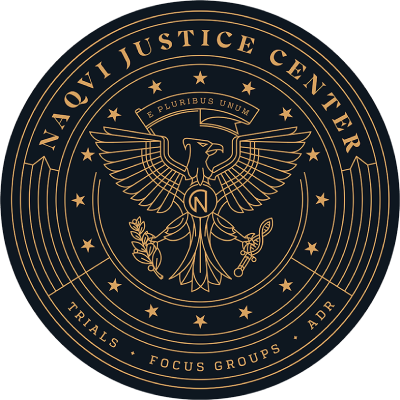Five people died in traffic collisions over the extended Labor Day weekend, and at least four of these wrecks involved alcohol impairment, according to the Office of Traffic Safety.
Nevada Highway Patrol trooper Jason Buratczuk said that drinking and driving was a matter of “personal responsibility” and we “can’t fix this all on our own.” He highlighted an Aug. 31 crash in which an impaired driver was traveling 103mph in a 45mph zone when she hit and killed an 8-year-old boy.
North Las Vegas Police spokesperson Eric Leavitt echoed Trooper Buratczuk’s statements. “Always have a plan in place” to not drink and drive, he implored.
Direct Evidence in Alcohol-Related Crashes
Most alcohol-related wrecks involve DUI arrests. Officers only need probable cause to believe that the tortfeasor (negligent driver) lost the normal use of mental or physical faculties. Additionally, if the tortfeasor’s BAC was above the legal limit, that person may be guilty of DUI as a matter of law.
If the tortfeasor violated a safety law, such as the DUI law, the negligence per se doctrine may apply. Tortfeasors may automatically be liable for damages if:
- Safety Law Violation: DUI is just one example. If the tortfeasor commits any moving violation, such as making an illegal lane change or speeding, this doctrine may come into play. Even if the tortfeasor is not convicted of the offense, negligence per se may still apply. In civil cases, the Clark County jury decides all factual matters, including whether or not the tortfeasor broke a safety law.
- Substantial Cause: Generally, something like running a stop light actually causes the crash. But if the tortfeasor ran the light because she was intoxicated, impairment substantially caused the crash. That is sufficient.
Damages in a serious Las Vegas car crash usually include compensation for economic losses, such as medical bills, as well as noneconomic losses, such as pain and suffering. In extreme cases, such as a very high BAC, additional punitive damages may be available as well.
Circumstantial Evidence and Impairment Crashes
Sometimes, officers lack probable cause, so they cannot legally make a DUI arrest. Other times, the tortfeasor may be under the influence of a non-alcohol impairing substance, such as Oxycontin or Fentanyl. As these drugs are not controlled substances, Nevada’s narrow DUI law may be difficult to apply.
Car crash victims still have legal options in these situations. Victim/plaintiffs may use circumstantial evidence to establish liability. Such evidence includes:
- Previous Location: Victim/plaintiffs must prove impairment by a preponderance of the evidence (more likely than not), and impairment begins with the first drink. So, if the tortfeasor just came from a place where alcohol is served, it is more likely than not that the tortfeasor had been drinking and was therefore impaired.
- Physical Symptoms: Indications of impairment, such as slurred speech, glassy eyes, unsteady balance, and bloodshot eyes, are admissible to prove this condition in court.
- Confession: Many tortfeasors admit that they have been drinking or that they were taking certain drugs or medicines. It is usually not illegal to drink alcohol or take prescribed medicine, but it is almost always illegal to drive under the influence of these substances.
Nevada also has a very limited dram shop law which, in a few cases, may hold alcohol providers liable for damages.
Contact an Experienced Lawyer
Impairment-related crash victims have several legal options. For a free consultation with an experienced personal injury attorney in Las Vegas, contact Naqvi Injury Law. We routinely handle matters in Clark County and nearby jurisdictions.

